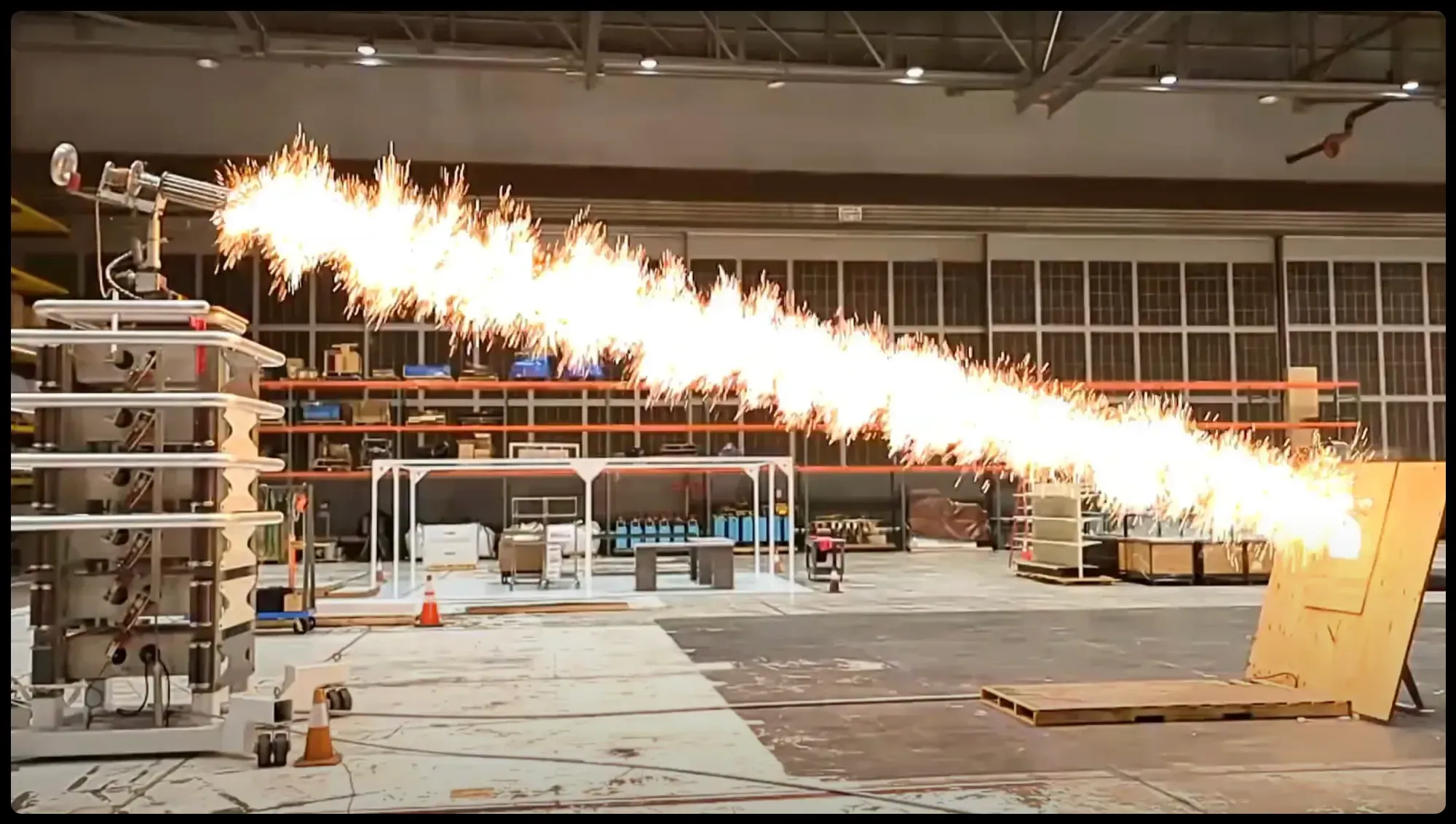Hey folks! This week: Significant regulatory clarity around mining, ZK for Bitcoin, and DIY plasma cannons, among other things.

News
What we're seeing.
- SEC: Bitcoin Mining Doesn't Implicate Securities Laws. Today, the SEC has clarified that "Protocol Mining" activities—both solo mining and mining pool participation for proof-of-work cryptocurrencies like Bitcoin—do not constitute securities offerings requiring registration. This significant clarification establishes that miners are performing "administrative or ministerial" activities rather than investing with "expectation of profits derived from the entrepreneurial or managerial efforts of others" under the Howey test.
- Starknet Launches Garaga SDK. Garaga allows developers to create zero-knowledge proofs on Starknet without learning Cairo, using the Noir language instead. They hope this will lower technical barriers for application developers, attracting more talent to the Starknet ecosystem.
- BitcoinOS Open-Sources BitSNARK Protocol for ZK-SNARKs on Bitcoin. BitcoinOS has created the first production-ready zk-SNARK verification system for Bitcoin that works without protocol modifications or contentious forks. Unlike solutions requiring opcode upgrades like OP_CAT, BitSNARK enables privacy-preserving transactions, cross-chain compatibility, and DeFi applications while maintaining Bitcoin's existing security framework.
- Lagrange and Matter Labs partner to decentralize ZK proof generation. Matter Labs commits to using Lagrange's decentralized prover network for up to 75% of its outsourced proof generation over the next two years.
- Polygon Teases GPU-Powered zkEVM Upgrades. Polygon appears to be advancing its zkEVM with a new GPU engine designed to accelerate Ethereum block proving.
Research
What we're studying.
- Context-Dependent Threshold Decryption and its Applications (2025). Is traditional threshold encryption (with t-out-of-N decryption shares) enough to forbid combining partial decryptions from different contexts, or must we embed a “context” into every decryption share to avoid crossover attacks? It turns out that a single ciphertext can accumulate many partial decryptions, yet remain sealed if they come from mismatched contexts. The authors highlight applications to encrypted atomic broadcast and sealed-bid auctions.
- A Mobile Payment Scheme Using Biometric Identification with Mutual Authentication (2024). How can we securely authenticate users from “rogue terminals,” and avoid specialized hardware or wireless dependencies in mobile payments, given phishing, relay, and skimming threats? This paper shows that requiring only a camera and minimal hardware, one can achieve mutual authentication over a purely visual channel.
Perspectives
What we're discussing.
- Meltem Demirors: 'Proof of Stake Was a Mistake'. Demirors admits that Ethereum's shift away from proof-of-work prevented it from becoming a trillion-dollar energy-to-compute ecosystem. She now thinks crypto's future lies in a return to the fundamentals—energy and compute—with proof-of-work as the industry's most vital innovation. Hate to say we told you so, but we told you so.
- Mr. Incredible Learns the Truth About Floating Point Numbers. This video explains why computers struggle with decimal arithmetic (like why 0.1 + 0.2 ≠ 0.3), diving into how the IEEE 754 standard represents numbers in binary. While integers convert cleanly to binary, many decimal fractions create infinitely repeating patterns that must be approximated using scientific notation with mantissa and exponent components, leading to the rounding errors that frustrate programmers working with floating point arithmetic.
- Resurrecting the Plasma Cannon. This DIY video demonstrates the construction and testing of a modern plasma cannon that uses the Lorentz force to direct lightning-like energy into a focused beam. He builds a large Marx Bank to multiply capacitor voltage, then tests the weapon's ability to disable electronic devices through a plasma channel delivered through 30 barrels—successfully demonstrating its destructive power as targets are ripped apart by visible shockwaves.
- Crossing Wires in 2D Using Just 10 NAND Gates. Just 10 NAND gates can simulate a wire crossing, showing that any 3D logic circuit can be implemented in 2D space. This shows the versatility of NAND gates as fundamental building blocks in computational architecture. Is there anything NAND gates can't do?
That's all for this week. Hit reply if you have any comments, feedback, or want to share what you're working on!
